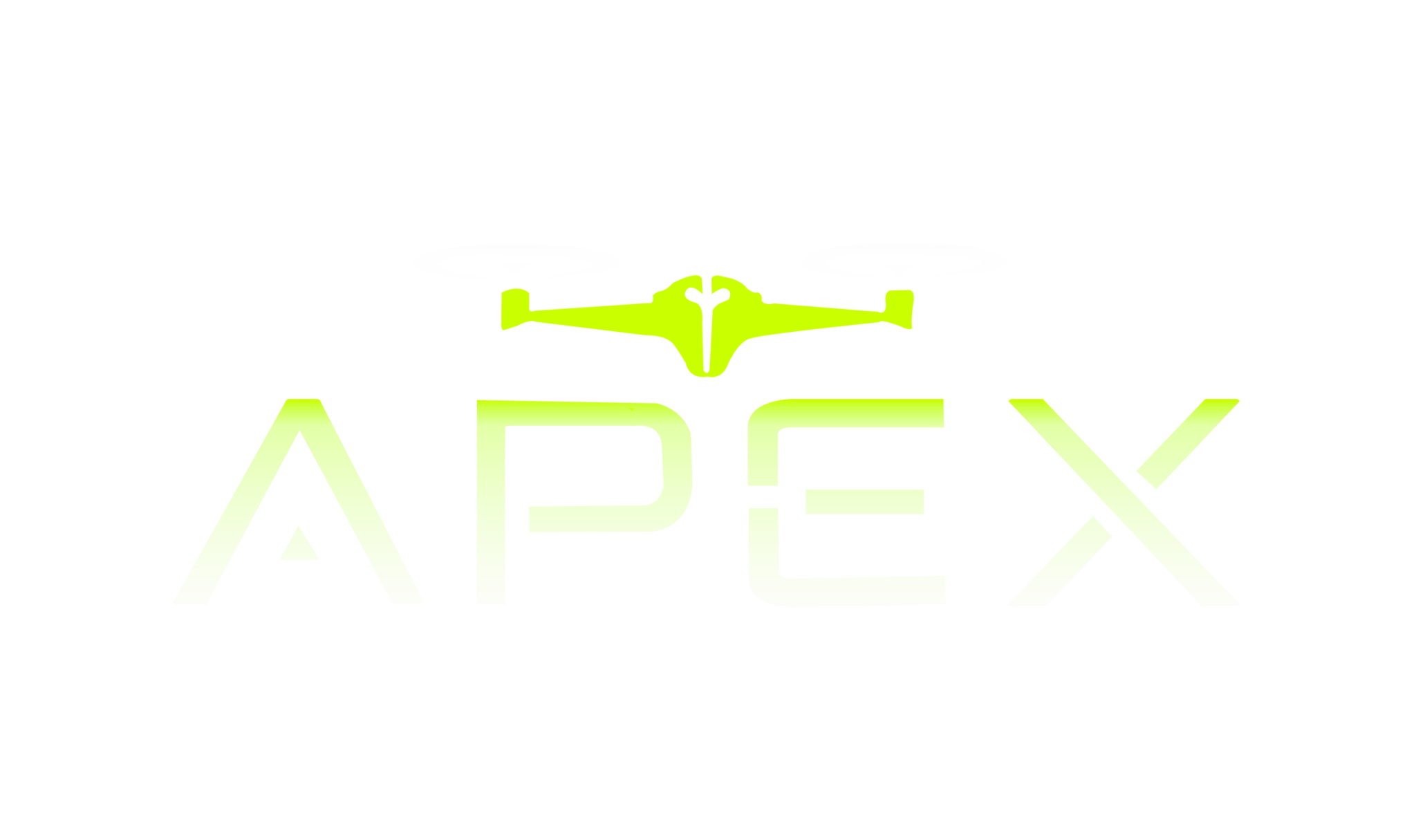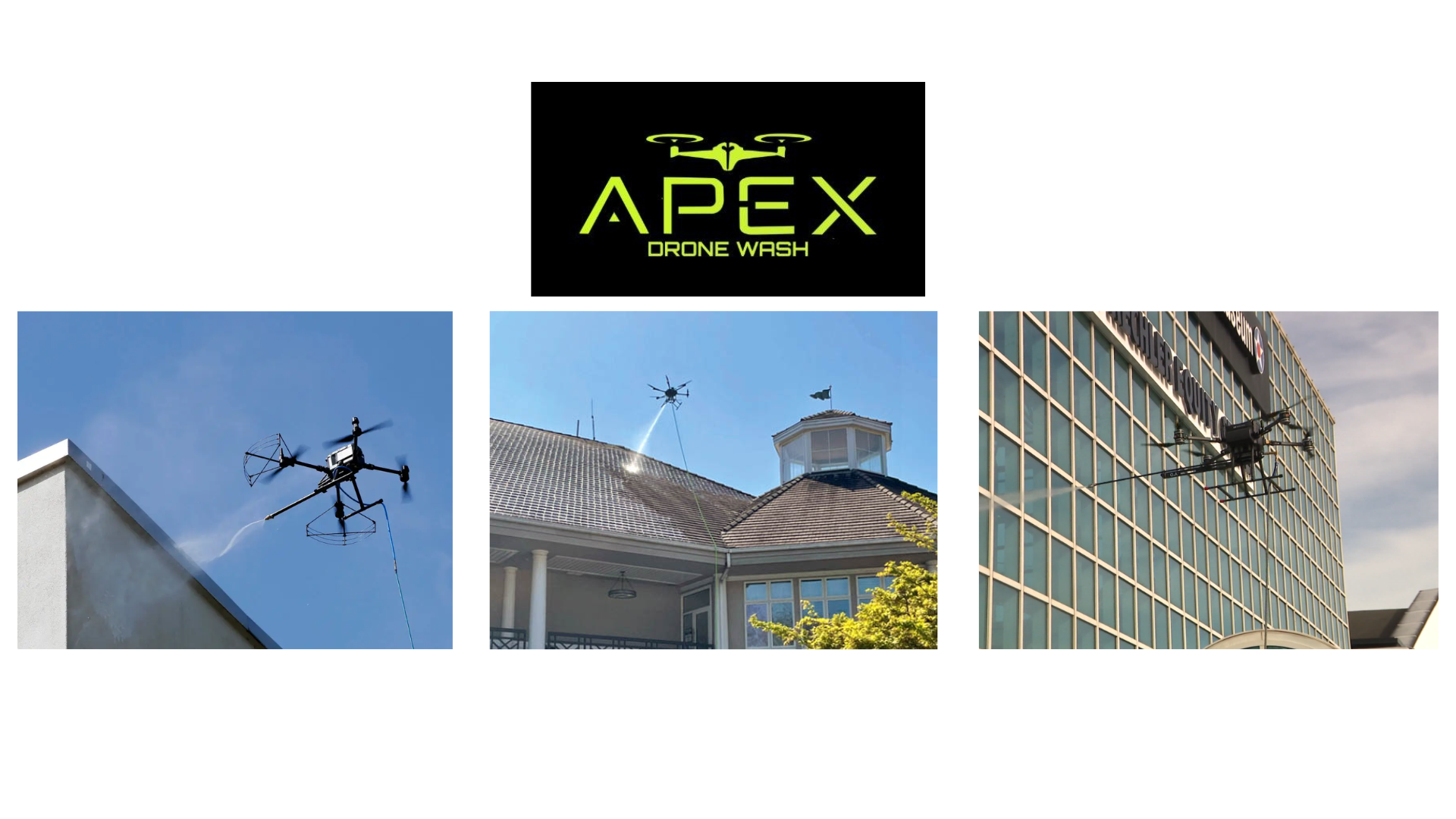The Future is in the Air for Facade Cleaning
Facade cleaning has traditionally been one of the most challenging aspects of building maintenance. The process has long been characterized by slow progress, significant safety risks to workers, and high operational costs. However, a technological revolution is taking place as drone technology enters the scene, promising a transformation in how we approach building exterior maintenance.
Drones are rapidly becoming the preferred solution for facade cleaning operations, offering unprecedented speed, enhanced safety protocols, and operational efficiency that traditional methods simply cannot match. This shift represents not just an incremental improvement but a fundamental reimagining of facade cleaning services.
The Problem with Traditional Facade Cleaning
The conventional approach to facade cleaning has remained largely unchanged for decades. Workers typically rely on rope access systems, scaffolding structures, or suspended platforms to reach building exteriors. These methods present numerous challenges:
Workers face significant safety risks during these operations, with falls representing a constant danger despite safety harnesses and protocols. The setup and dismantling of equipment alone can take days or even weeks for larger structures, creating logistical complications and prolonged disruptions to building operations.
The financial burden is equally substantial. Between equipment costs, labor expenses, insurance premiums, and the extended timeframes required, traditional facade cleaning represents a significant investment that many building owners find increasingly difficult to justify.
How Drones are Revolutionizing Facade Cleaning
Drone technology has introduced a paradigm shift in facade cleaning capabilities:
The most immediate benefit is the dramatic reduction in cleaning time—often by 50% or more compared to traditional methods. Drones can access difficult areas like curved surfaces, intricate architectural details, and hard-to-reach corners with ease, eliminating the need for complex rigging systems.
Modern cleaning drones are equipped with precision spraying mechanisms that can apply cleaning solutions uniformly across surfaces. Advanced imaging technologies allow operators to identify problem areas and ensure thorough coverage, while sophisticated flight control systems maintain optimal distance from the building surface throughout the operation.
Cost, Safety, and Efficiency: Facade Cleaning
The economic advantages of drone-based facade cleaning are compelling:
Labor requirements are significantly reduced, with a typical drone operation requiring only a pilot and perhaps a technician rather than a full cleaning crew. Safety risks are virtually eliminated, as human workers remain safely on the ground while the drone performs the high-altitude work. This translates to lower insurance costs and eliminated liability concerns.
Building operations face minimal disruption, as drone cleaning can often be performed while the building remains fully functional. The rapid deployment and completion of drone cleaning services mean that buildings maintain their aesthetic appeal with less downtime.
The Environmental Edge
Beyond operational benefits, drone cleaning technology offers significant environmental advantages:
Water consumption is dramatically reduced compared to traditional methods, with some drone systems using up to 90% less water through high-efficiency nozzles and precise application. Many drone cleaning services have adopted eco-friendly, biodegradable cleaning solutions that minimize environmental impact while maintaining effectiveness.
This combination of reduced resource consumption and environmentally conscious practices positions drone cleaning as the sustainable choice for forward-thinking building managers and environmentally responsible businesses.
Conclusion: The Sky’s the Limit
Drone-powered facade cleaning is no longer a futuristic concept—it’s a present reality being adopted by forward-thinking building managers worldwide. The combination of enhanced safety, reduced costs, improved efficiency, and environmental benefits makes this technology an obvious choice for modern building maintenance strategies.
As drone technology continues to evolve, we can expect even more sophisticated cleaning capabilities, further extending the advantages of this revolutionary approach. For building owners and property managers seeking to optimize their maintenance operations, drone facade cleaning represents not just an alternative but the new standard in building exterior care.
Frequently Asked Questions
How much can drone cleaning save compared to traditional methods?
Most building managers report cost savings of 30-60% when switching to drone-based facade cleaning. These savings come from reduced labor costs, faster completion times, and decreased need for expensive equipment rentals like scaffolding or suspended platforms.
What types of buildings are suitable for drone cleaning?
Drone cleaning is suitable for most commercial buildings, particularly high-rises, office towers, hotels, and structures with glass or smooth facade materials. Buildings with complex architectural features that are difficult to access using traditional methods particularly benefit from drone technology.
Do drones work in all weather conditions?
Most commercial cleaning drones are designed to operate in moderate wind conditions (typically up to 25-30 mph) and light rain. However Apex Drone Wash, operations may be postponed during severe weather, heavy precipitation, or extreme wind conditions for safety and effectiveness reasons.
What regulations apply to drone facade cleaning?
Drone operations typically require licensed pilots who comply with local aviation authorities’ regulations (such as FAA requirements in the US). Building managers should ensure their drone service provider maintains proper certifications, insurance coverage, and follows all airspace restrictions in urban environments.
How does the quality of drone cleaning compare to manual cleaning?
When performed by experienced operators using professional-grade equipment, drone cleaning can achieve comparable or superior results to manual cleaning. Advanced systems use high-resolution cameras to identify dirty areas and confirm cleaning quality in real-time, often resulting in more consistent coverage than manual methods.


